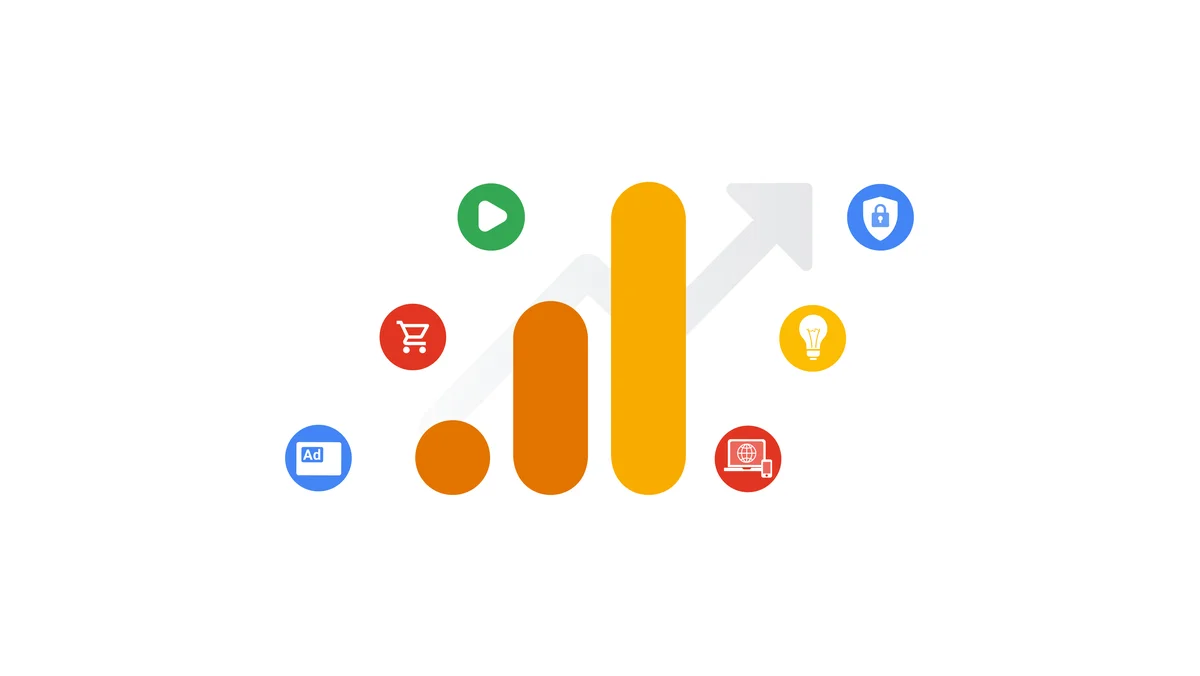What is a "Dimension" in Google Analytics? Find out How It Forms Your Information
What is a "Dimension" in Google Analytics? Find out How It Forms Your Information
Blog Article
Enhance Your Reporting Precision Using Google Analytics Dimensions: A Comprehensive Overview

Recognizing Google Analytics Capacities

Google Analytics offers default measurements, such as "page sights" and "session duration," but users can likewise produce personalized measurements to track specific information points pertinent to their service goals. Recognizing how measurements work is crucial for establishing accurate monitoring and generating purposeful reports. By making use of dimensions successfully, companies can maximize their online visibility, improve individual experience, and ultimately drive conversions. In final thought, mastering Google Analytics dimensions is crucial for unlocking beneficial insights that can notify strategic decision-making and improve total performance.
Importance of Information Accuracy
Moving beyond simply understanding Google Analytics dimensions, it becomes evident that guaranteeing data accuracy is critical in obtaining meaningful insights and making informed business decisions. Data precision creates the structure whereupon all succeeding analyses and decisions depend. Unreliable information can bring about flawed verdicts, illinformed strategies, and thrown away resources. By ensuring the precision of your information, you can confidently trust the understandings stemmed from Google Analytics measurements, enabling you to make educated decisions that drive business development.
Data precision likewise fosters trust fund amongst stakeholders. Decision-makers are more most likely to have self-confidence in the insights offered to them when reports are based on specific and trustworthy data. This trust fund is vital for building strong partnerships with customers, partners, and coworkers, as it shows a dedication to openness and integrity in your coverage techniques.
Advanced Dimension Personalization
Enhancing the deepness of information analysis within Google Analytics involves delving into the world of Advanced Measurement Customization. This function enables users to create customized measurements to more section and examine data past the default measurements provided by Google Analytics. what is a “dimension” in google analytics?. By defining particular specifications that relate to your organization objectives, you can obtain much deeper understandings right into user behavior, project efficiency, and various other vital metrics
Advanced Measurement Customization empowers users to tailor their analytics records to concentrate on one of the most critical aspects of their website or app efficiency. Whether it's tracking communications with details components, monitoring the behavior of various customer segments, or evaluating the effect of customized events, customized dimensions provide a flexible and effective tool for enhancing information evaluation abilities.
Carrying Out Measurement Filters
Building upon the capability to personalize dimensions read review for innovative information evaluation, the next action in maximizing your Google Analytics insights involves the implementation of measurement filters. Dimension filters allow you to improve your data by consisting of or leaving out particular values, giving an extra focused sight of your web site the original source or app performance. By using dimension filters, you can segment your information to evaluate the actions of certain individual groups, track the efficiency of particular web pages or sections, or leave out interior traffic from your reports, making sure that your insights are based upon relevant information.
To carry out dimension filters in Google Analytics, browse to the Admin section, pick the View where you wish to use the filter, and click Filters under the View column. From there, you can develop a new filter, specify the dimension you desire to filter, set the filtering system conditions, and apply the filter to your information. By efficiently utilizing measurement filters, you can enhance the precision and significance of your reporting, causing even more educated decision-making and boosted overall performance.
Measurement Evaluation Techniques
When diving right into the realm of dimension evaluation in Google Analytics, recognizing various methods is extremely important for extracting useful understandings. One vital strategy is segmenting measurements to isolate certain parts of information for in-depth analysis. By producing sections based upon measurements like traffic sources or individual demographics, experts can reveal trends and patterns that may not be evident when looking at the data overall.
One more critical strategy is utilizing personalized measurements to track added details concerning customers or communications on a website. Custom dimensions allow for a more granular analysis of data, providing deeper insights right into customer actions and choices. By establishing custom-made measurements for certain events or user characteristics, analysts can customize their records to address certain service concerns.
Additionally, the technique of incorporating measurements can use a much more extensive view of user actions. By page cross-referencing measurements like web traffic sources with customer areas or gadgets, analysts can gain a far better understanding of exactly how various aspects affect customer interactions on a web site. In general, understanding these measurement evaluation techniques can significantly enhance the accuracy and deepness of reporting in Google Analytics.
Final Thought
Finally, understanding Google Analytics measurements is crucial for improving reporting precision and getting valuable understandings into customer habits. By using both default and custom measurements, companies can customize their analytics to show details goals and metrics. Carrying out dimension filters enables refined evaluation, focusing on appropriate data and leaving out noise. Advanced division and cross-referencing techniques strengthen understanding, enabling notified decision-making and approach advancement based upon exact, reputable information. This extensive strategy guarantees information integrity and boosts overall reporting methods.
Measurements in Google Analytics are the characteristics of your data, such as the source of web traffic, the tool utilized, or the geographic place of the customer.Google Analytics supplies default measurements, such as "page views" and "session duration," however customers can additionally develop custom dimensions to track particular data points appropriate to their service objectives.Relocating past just comprehending Google Analytics measurements, it comes to be evident that ensuring data accuracy is paramount in deriving meaningful insights and making informed company decisions.Building upon the capacity to tailor measurements for sophisticated data analysis, the next action in maximizing your Google Analytics understandings includes the application of measurement filters. By applying dimension filters, you can sector your information to examine the habits of certain customer teams, track the performance of particular web pages or areas, or omit internal traffic from your reports, making certain that your understandings are based on appropriate data.
Report this page